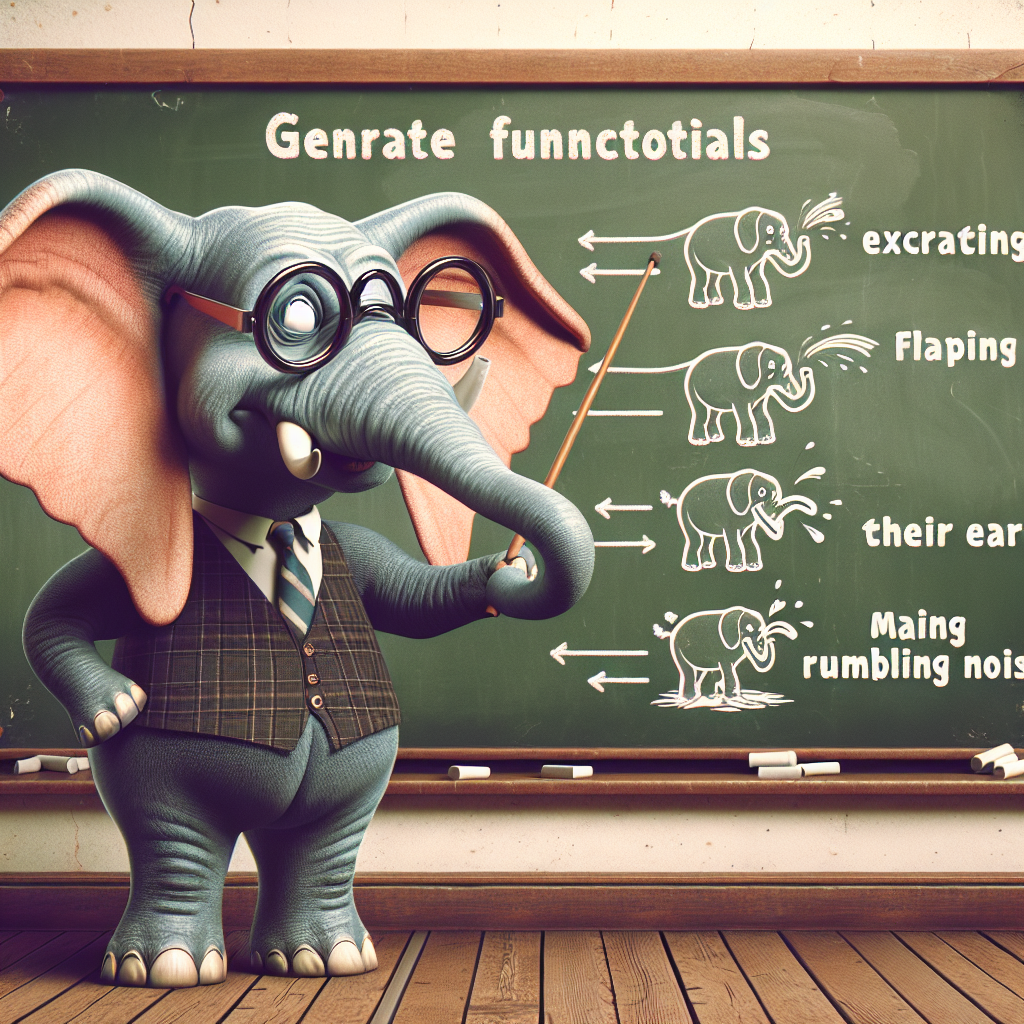You must log in or register to comment.
Summary made by ChatGPT4 and Fabric’s Wisdom Extractor
SUMMARY: Till Nikolaus von Heiseler’s paper, “Syntax Before Words—The Function-First Approach to the Evolution of Proto-Language,” redefines the origin of language by emphasizing the role of action-based event cognition over conventional assumptions about the progression from animal communication to human language. It argues for a function-first approach in evolutionary theory, proposing that primitive propositional communication emerged from the need to communicate displaced agent-based events, leading to the development of syntax before the emergence of arbitrary signs or words.
IDEAS:
- Language evolved from the need to communicate about displaced agent-based events, rather than directly from animal communication.
- Cognitive architecture for linguistic syntax is rooted in action-based event perception.
- The function-first approach suggests language evolved to communicate about actions involving agents, rather than through the development of symbols or words first.
- The paper posits an evolutionary narrative where syntax, represented by inferred relations of present objects, predates the use of arbitrary signs.
- Trust and cooperation are inherent challenges addressed by the function-first approach, tying language evolution to human cooperation emergence.
- Bridging theories of human evolution, the paper connects social interaction theories and environmental shift hypotheses, suggesting language evolved alongside human cooperation.
- Dependency grammar is favored over phrase structure grammar for discussing language evolution, highlighting the importance of verb-argument structures.
- The paper introduces the concept of agent-based event cognition being a precursor to linguistic syntax.
- Language is proposed to initially serve the function of communicating about past actions, using displays and mimetic gestures before symbolic communication.
- Evolutionary function of language is explored through different methodologies, aiming for consilience among findings to identify language’s proper evolutionary function as communicating past actions.
QUOTES:
- “The cognitive architecture informing linguistic syntax is grounded in action-based event perception.”
- “Language initially evolved for communicating displaced agent-based events.”
- “Syntax is represented by the inferred relations of present objects symbolizing thematic roles.”
- “The function-first approach to language evolution inherently addresses key challenges such as trust and cooperation.”
- “Dependency grammar offers a more suitable framework for investigating the evolution of language than phrase structure grammar.”
- “The proper evolutionary function of language can be used as a heuristic concept that can guide the investigation into language evolution.”
- “The simplest propositional thought… is less complex than some of the elements eventually used to express it linguistically.”
- “The huge success of all tetrapods is based on this behavioral innovation.”
- “Behavioral flexibility… encompasses genetic and ontogenetic variations, fortuitous coincidences, intelligent actions, and individual learning.”
- “The communication of past actions implies the communication of displacement, which implies the communication of events, which in turn implies the communication of propositions.”
FACTS:
- Humans evolved to communicate linguistically, distinguishing them from other great apes.
- Language evolution is tied to cognitive structures that predate humans, rooted in the perception of actions involving agents.
- The syntax in human language can be traced back to cognitive mechanisms for decomposing agent-based events.
- Trust and cooperation are foundational to the evolution of language, suggesting that language and human cooperation evolved in tandem.
- Language allows for the communication of displaced actions, events, and propositions, with its evolutionary function linked to the communication of past actions.
- Dependency grammar’s emphasis on verb-argument structures aligns with cognitive processes for understanding actions and events.
- Behavioral flexibility and the ability to use existing structures for new functions are crucial for the evolution of complex traits, including language.
- The paper challenges conventional views on language evolution, advocating for a model where syntax arises before symbolic communication.
- Evolutionary theories must account for the gradual development of language, ensuring each step offers a reproductive or survival advantage.
- The model proposed in the paper integrates findings from cognitive science, linguistics, and evolutionary biology to offer a comprehensive understanding of language’s origins.
RECOMMENDATIONS:
- Further research into the cognitive underpinnings of syntactic structures in human language evolution.
- Exploration of the relationship between agent-based event cognition and the development of linguistic syntax.
- Application of dependency grammar to the study of language origins and evolution.
- Consideration of the function-first approach as a guiding principle in evolutionary linguistics research.
- Investigation into the role of trust and cooperation in the emergence of language and human societies.
- Examination of the compatibility between the proposed evolutionary narrative of language and existing theories of human evolution.
- Study of behavioral ecology principles to understand the selective pressures that shaped language evolution.
- Analysis of the evolutionary function of language through methodologies such as reverse engineering and literature review for consilience.
- Integration of findings from cognitive science, linguistics, and evolutionary biology to enrich understanding of language’s origins.
- Development of interdisciplinary research projects to explore the complex interplay between language evolution, cognitive development, and human cooperation.
REFERENCES:
- Bickerton, D. (2014). “Language and Human Behavior.”
- Darwin, C. (1859). “On the Origin of Species.”
- Dennett, D. C. (1995). “Darwin’s Dangerous Idea.”
- Fabbri-Destro, M., & Rizzolatti, G. (2008). “Mirror Neurons and Their Clinical Relevance.”
- Fisher, R. A. (1915). “The Evolution of Sexual Preference.”
- Gomes, C. M., & Boesch, C. (2009). “Wild Chimpanzees Exchange Meat for Sex on a Long-term Basis.”
- Hawkes, K., O’Connell, J. F., & Blurton Jones, N. G. (2001). “Hadza Meat Sharing.”
- Heine, B., & Kuteva, T. (2002). “World Lexicon of Grammaticalization.”
- Mayr, E. (1959). “Animal Species and Evolution.”
- Rizzolatti, G., & Craighero, L. (2004). “The Mirror-Neuron System.”

